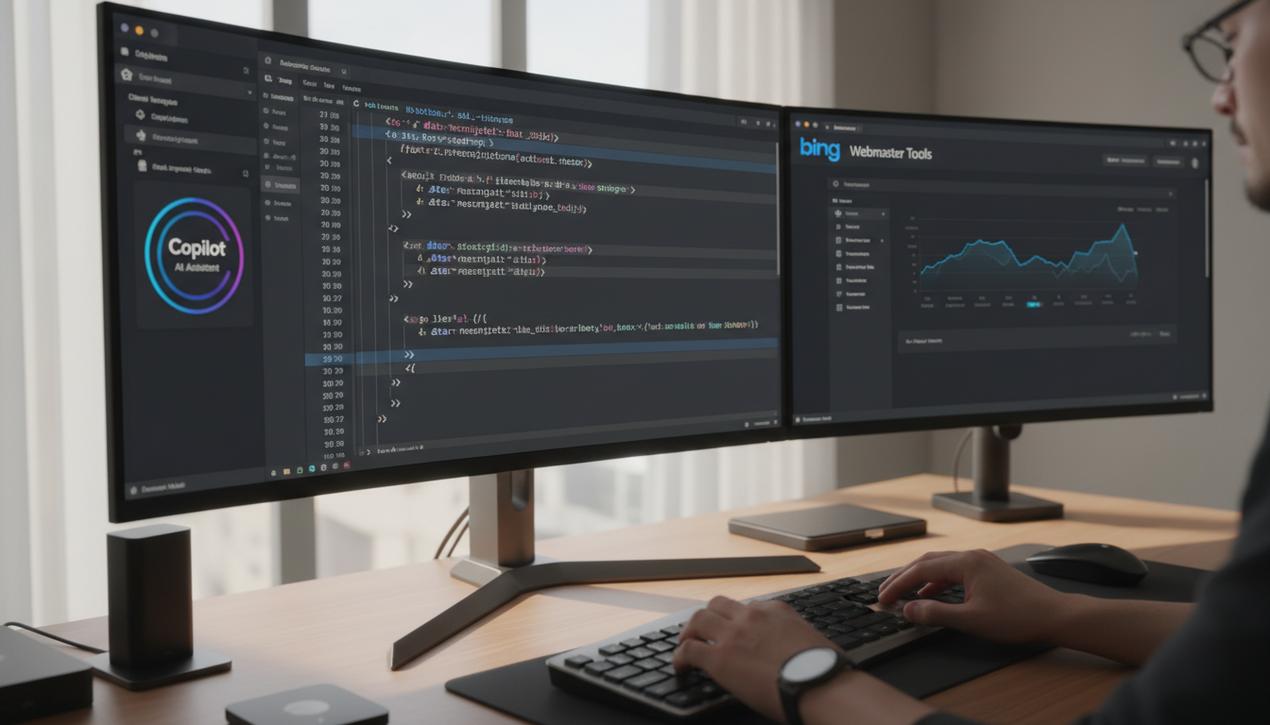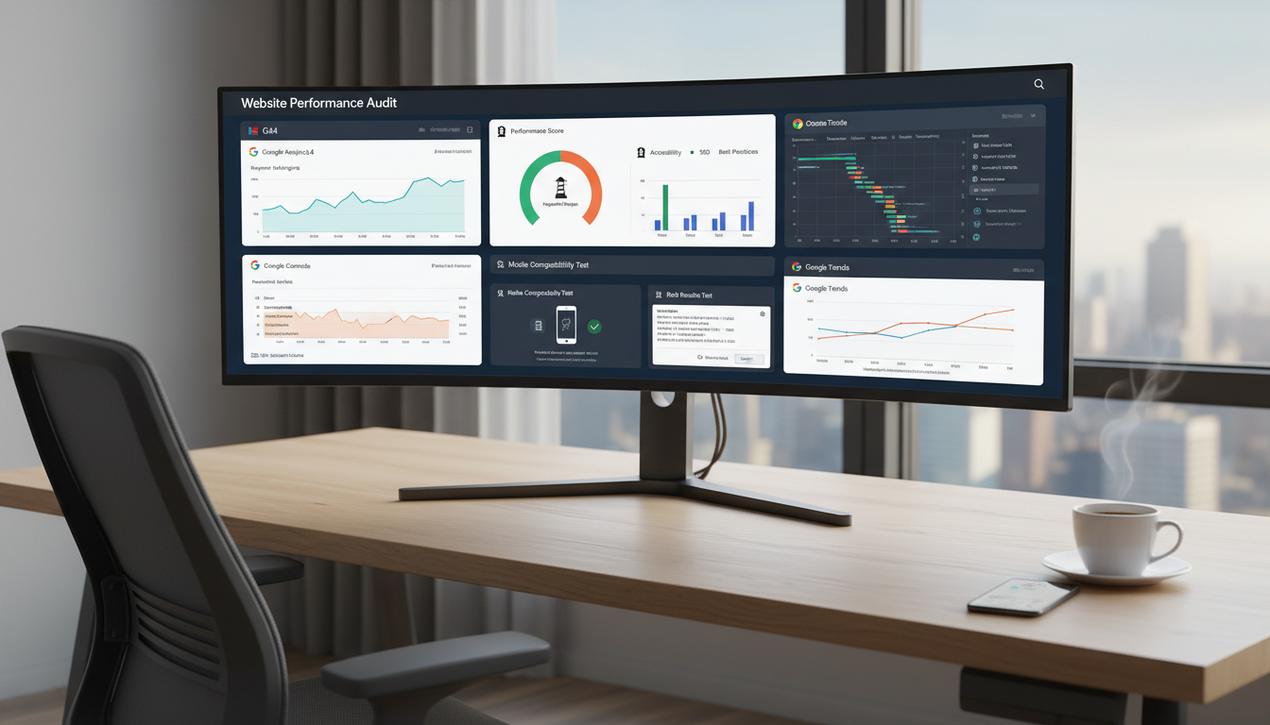The Complete Guide to Bing’s Data-Nosnippet Attribute


The rise of generative AI in search engines is fundamentally reshaping the digital landscape. With AI-powered tools like Bing Copilot now generating direct answers, content creators and webmasters face a new challenge: how to maintain visibility in search results while protecting their most valuable or sensitive information. The integration of AI has created a delicate balance between discoverability and content control. In response to this evolving environment, Bing has introduced a powerful tool designed to give publishers more authority over their content. The data-nosnippet attribute is a pivotal development, allowing for surgical control over which parts of a webpage can be used in search snippets and AI-generated summaries, all without sacrificing the page’s overall SEO potential.
This granular control is no longer a luxury but a necessity for businesses in 2025. For publishers who rely on premium content models, for brands that need to manage their online reputation meticulously, and for any site wanting to provide the most relevant and clean user experience in search results, this attribute is a game-changer. It represents a significant step toward a more collaborative relationship between search engines and creators, acknowledging the need to protect intellectual property while still rewarding high-quality content with strong search rankings. Understanding and implementing this feature is crucial for any modern SEO strategy aimed at mastering visibility on Bing.
What Is Data-Nosnippet and Why Does It Matter Now?
The data-nosnippet attribute is a simple yet powerful HTML tag that can be applied to specific elements on a webpage, such as a paragraph, a table, an image, or a simple `div` block. When Bing’s crawler, Bingbot, encounters this attribute, it understands that the enclosed content should not be displayed in any search result snippets or used in answers generated by Bing Copilot. However, and this is the critical distinction, the content is still fully indexed and contributes to the page’s ranking signals. This innovation directly addresses a core concern for publishers in the age of AI search.
A Direct Response to the Generative AI Challenge
Generative AI models are trained on vast amounts of web data to provide direct, summarized answers to user queries. While efficient for users, this can lead to situations where the AI extracts the most valuable part of an article—the “answer”—and presents it directly on the search results page. This often removes the user’s need to click through to the source website, causing a potential loss of traffic, ad revenue, and conversions for the creator. The data-nosnippet attribute offers a direct solution, empowering publishers to protect key information, such as exclusive data, premium analysis, or proprietary methods, from being served up by AI, thereby encouraging users to visit the original page for the full context.
How It Works: Separating Indexing from Display
To understand the power of data-nosnippet, it’s essential to distinguish between indexing and display. For years, SEO professionals had blunt instruments for this purpose. You could either allow a page to be indexed and shown in search results, or block it entirely with `noindex`. The `nosnippet` meta tag offered a middle ground by preventing any snippet from being shown, but this applied to the entire page, often making the search result look less appealing. The data-nosnippet attribute introduces a new level of precision. It tells Bing: “Feel free to read and understand this content for ranking purposes, but do not show this specific piece of information to the user in a snippet or an AI summary.” This allows a page to rank for its target keywords based on its complete content while the publisher curates the preview shown in the search results.
Practical Use Cases for Strategic SEO in 2025
The applications for the data-nosnippet attribute are broad, offering strategic advantages for nearly every type of website. By selectively hiding content from snippets, you can enhance user experience, protect revenue streams, and maintain brand integrity.
- Protecting Premium or Paywalled Content: News organizations, research firms, and educational platforms can use this tag to show a compelling introduction while hiding the core analysis or data reserved for subscribers. This makes the page discoverable in search while preserving the value of a subscription.
- Preserving Brand Cohesion: User-generated content, such as comments or reviews, can sometimes be pulled into a search snippet. If a negative or off-brand comment is featured, it can harm brand reputation. Applying data-nosnippet to these sections ensures only curated, official content appears.
- Cleaning Up Search Snippets: Pages often contain boilerplate text like legal disclaimers, cookie notices, or lengthy footnotes. This content adds little value to a search snippet and can crowd out more compelling information. Tagging these elements keeps snippets clean and focused on what matters to the user.
- Avoiding Outdated Information: Prevent old promotions, expired event details, or outdated statistics from appearing in search results. This ensures that users always see the most current and relevant information, improving their experience and trust in your brand.
- Stabilizing A/B Testing: When running A/B tests on headlines or content blocks, you don’t want experimental variations appearing in search snippets, as this can skew results and confuse users. Use data-nosnippet on test elements to isolate them from search previews during the testing phase.
- Securing Proprietary Data or Code: A company might publish a case study that mentions a proprietary formula or displays a unique code snippet. The data-nosnippet tag can be used to hide this sensitive information from being easily copied from search results while allowing the rest of the case study to attract traffic.
- Managing Personally Identifiable Information (PII): Testimonials or case studies might contain sensitive details about a client. While the client may have given consent for the information to be on the page, it’s best practice to prevent it from being broadcast in search snippets, and this attribute provides an easy way to do so.
Step-by-Step Implementation and Verification
Putting the data-nosnippet attribute into practice is remarkably straightforward. It doesn’t require complex code changes and can be verified using tools that are already part of the modern SEO toolkit.
Simple HTML Application
You can add the `data-nosnippet` attribute to any block-level or inline HTML element. This includes `
`, ``, `
| Directive | Scope | Primary Effect | Best Use Case |
|---|---|---|---|
| noindex | Entire Page | Prevents the page from being indexed and appearing in search results at all. | For internal pages, thin content, or thank-you pages that should not be discoverable via search. |
| nosnippet | Entire Page | Allows indexing but removes all text and image previews from the search result. | When you never want any part of the page’s content previewed, but still want it to rank. |
| max-snippet:[number] | Entire Page | Limits the text snippet to a maximum number of characters. | To control the length of the preview and encourage clicks for more information. |
| data-nosnippet | Specific HTML Element | Prevents a specific part of the page from appearing in snippets or AI answers, while the rest of the page remains eligible. | For granular control over premium content, user comments, or legal text without affecting the entire page. |
The key takeaway is that data-nosnippet is the only directive that offers surgical, element-level control. This makes it an invaluable tool for fine-tuning how your content is represented in a world increasingly dominated by AI-driven search experiences.
The Future of Content Control in an AI-Driven Web
By introducing the data-nosnippet attribute, Bing is not just releasing a new feature; it is making a statement about the future of the web. It signals a move toward a more balanced ecosystem where the immense power of search engines and AI can coexist with the rights and business needs of content creators. This initiative acknowledges that for the web to remain a vibrant and high-quality source of information, publishers must have the tools to protect the value of their work. It fosters transparency and choice, allowing webmasters to actively participate in how their content is utilized by AI.
This development is part of a larger trend toward giving creators more agency. As AI becomes more integrated into our daily lives, we can expect to see more tools like this emerge, not just from Bing but from other major search players as well. For SEO professionals and digital marketers, mastering these instruments of control will be just as important as mastering the arts of content creation and keyword optimization. The ability to strategically shape your visibility without sacrificing your content’s reach is the new frontier of SEO, and with tools like data-nosnippet, the future for creators looks more empowered and sustainable.



